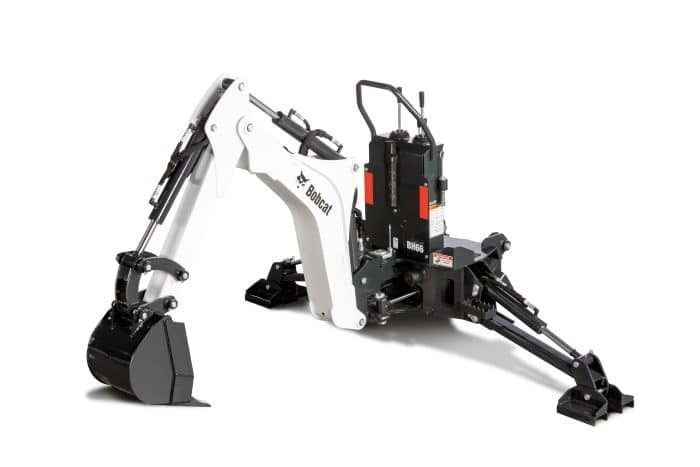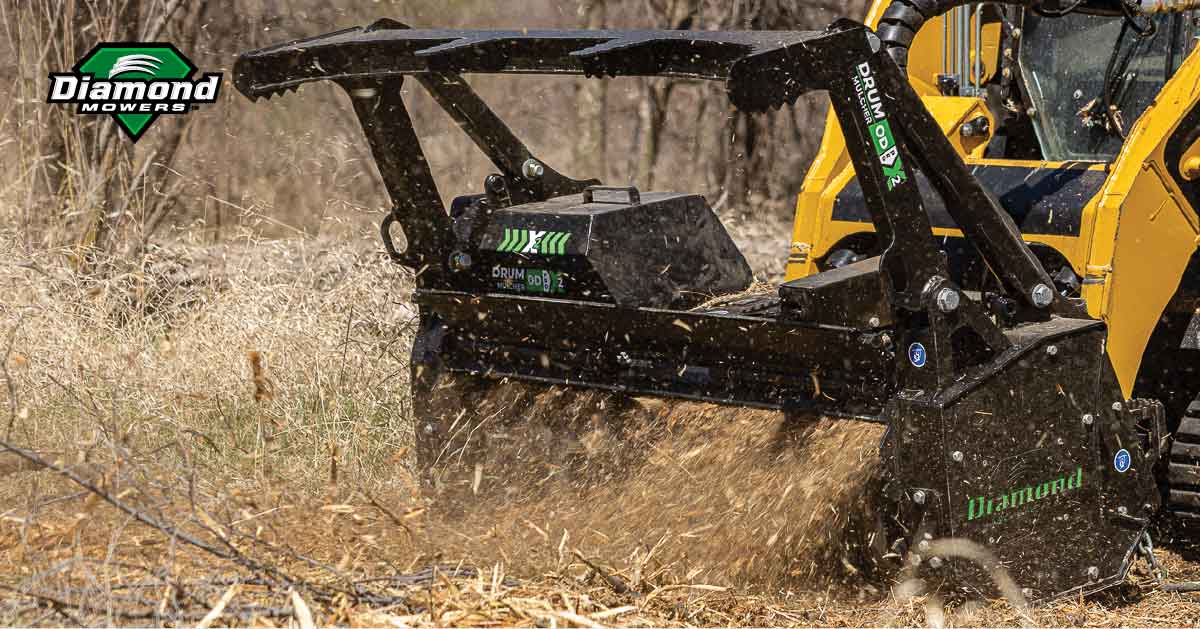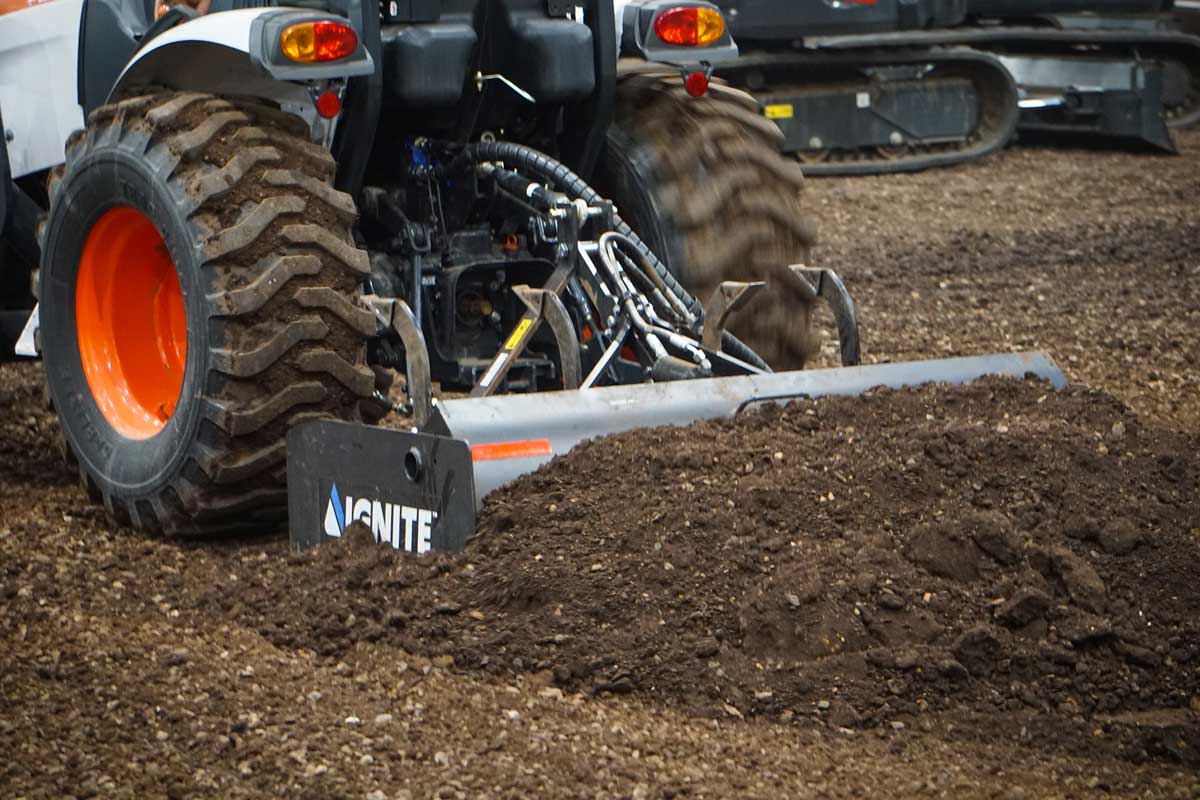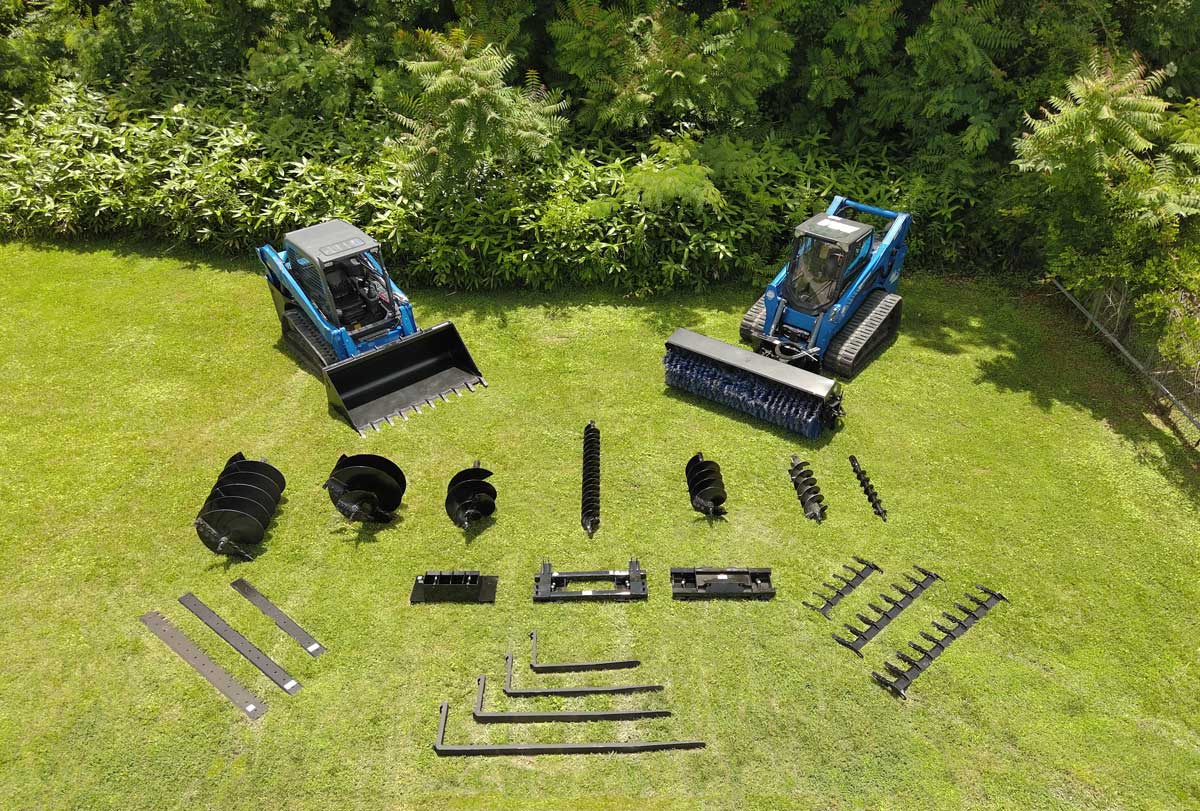Let’s Dig: Six Tips for Selecting a Backhoe Attachment for a Skid Steer

When it comes to expanding the functionality of your skid steer, consider adding a backhoe attachment to your lineup. Backhoe attachments can transform a skid steer into an even more versatile digging machine, allowing it to perform a range of tasks from trenching to excavation. Here’s a comprehensive guide to help you navigate the process.
1. Understand Your Project Requirements
Backhoe attachments have different configurations, so matching up your task to the specific attachment model is key. For example:
- Utility Work: A narrow bucket allows for precise digging capabilities, opening your skid steer for additional utility work and tasks.
- Landscaping: Wider buckets for digging make quick work of outdoor projects for large and small properties alike.
- Excavation: Larger, more robust bucket sizes on your backhoe attachment can help improve the efficiency of your excavation project.
2. Match the Attachment to Your Skid Steer Loader
Skid steers come in various sizes, and it’s vital to match the backhoe attachment with your loader’s specifications. Check the following:
- Loader Capacity: Ensure that the backhoe attachment is compatible with your skid steer’s rated operating capacity. Exceeding this capacity can lead to equipment damage or operational inefficiency.
- Hydraulic Flow: Different backhoe attachments require varying levels of hydraulic flow and pressure. Verify that your skid steer’s hydraulic system can support the attachment’s requirements.
- Mounting Compatibility: Attachments should be compatible with your skid steer’s quick-attach system. Most modern skid steers use standardized quick-attach systems, but it’s always good to confirm.
3. Evaluate the Backhoe Attachment’s Specifications
The efficiency of a backhoe attachment largely depends on its specifications. Consider the following:
- Digging Depth and Reach: Check the maximum digging depth and reach of the backhoe attachment. This will determine how deep and far you can dig, which is crucial for projects requiring deep trenches or extensive excavation.
- Arm and Boom Design: The design of the backhoe’s arm and boom affects performance and strength. Look for robust, well-engineered components that offer the flexibility and durability needed for your tasks.
4. Evaluate Cost vs. Benefit
While it’s tempting to opt for the least expensive option, consider the long-term benefits of investing in a higher-quality attachment. Weigh the initial cost against factors such as durability, maintenance requirements and the attachment’s ability to handle your specific tasks efficiently.
Operators should additionally consider how often they’ll need the attachment to determine if they need to purchase or if renting the attachment for limited use is a more financially responsible decision.
5. Talk to Your Dealer
Talk to your local dealer about your jobsite needs, as they can consult on the equipment or attachments best suited for your needs. They can help you understand the nuances of different attachments, as well as offer demonstrations or trials to ensure the attachment performs as expected.
6. Verify Warranty and Support
Ensure that the backhoe attachment comes with a comprehensive warranty and access to reliable customer support. A good warranty can offer peace of mind, and responsive support can be crucial if you encounter any issues or need maintenance services.
Selecting the right backhoe attachment for your skid steer involves a careful assessment of your project needs, equipment compatibility and attachment specifications. By understanding these factors and seeking expert advice, you can make an informed decision that enhances your skid steer’s capabilities and maximizes your investment.
Ola Agboola is a marketing specialist for Bobcat Company.




